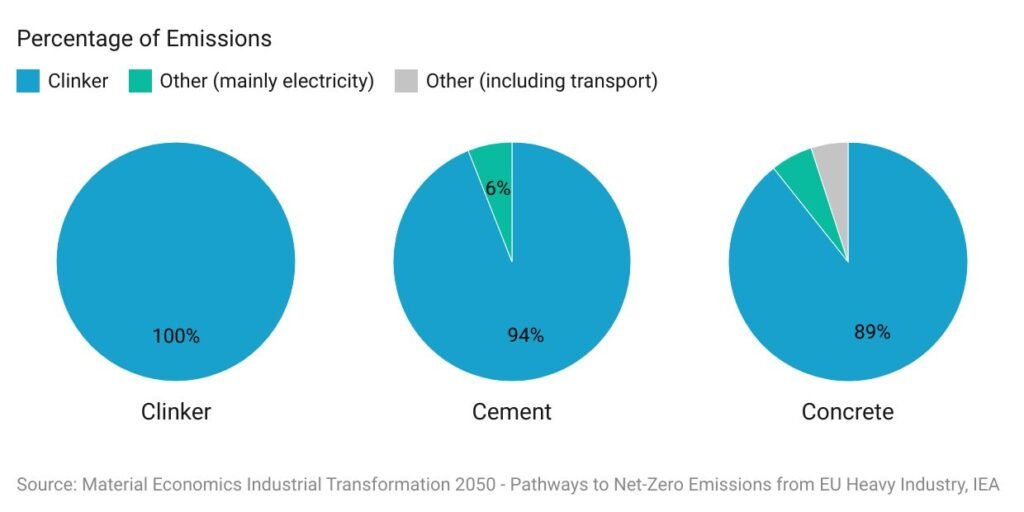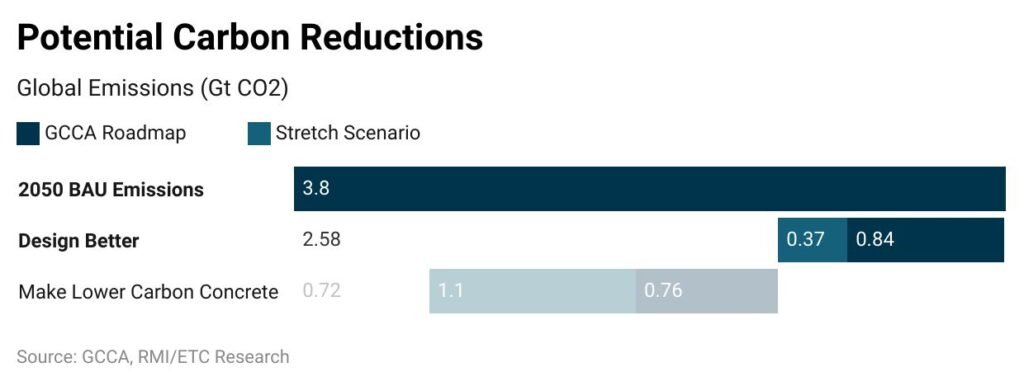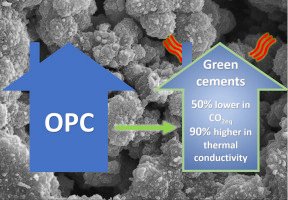Concrete is used in the construction of houses, buildings, highways, freeways, bridges, walkways, water systems, dams, and other structures due to its unequaled strength, durability, adaptability, and low cost. It comes as no surprise that worldwide demand for cement, which hardens into concrete when combined with water and minerals, is predicted to jump 48% by 2050, from 4.2 billion to 6.2 billion tons.

Between 2011 and 2013, China’s recent tremendous urbanization utilized more concrete than the United States did in the whole twentieth century.
Concrete, while necessary for the construction of structures that improve our daily lives, is responsible for 8% of worldwide carbon emissions, with 90% of these emissions coming from the manufacturing of clinker, the principal strength-contributing constituent of concrete.

To keep inside the 1.5°C warming carbon limit, the worldwide concrete sector must decrease emissions by 16% by 2030 and 100% by 2050, according to the Paris Climate Agreement. This endeavor will need considerable adjustments throughout the concrete value chain, but the simplest and most cost-effective option is to utilize less material while satisfying project specifications.
Reducing demand for carbon-intensive clinker will assist the concrete sector in getting back on track to meet its climate targets.

Better structural design is the first step in reducing the sector’s carbon impact. This saved 40% of the concrete used in New York’s Freedom Tower and 24% of the concrete used in China’s Shanghai Tower. A second lever is not to use new concrete. In some cases, options like reusing concrete elements from old structures can provide CO2 reductions.

Using less cement per unit of concrete is another efficient technique to lower the clinker content and carbon intensity of concrete, in addition to reducing the overall quantity of concrete used in structures. One such method is to switch to bulk cement consumption, such as ready-mix concrete, which reduces cement waste by up to 30%.
The use of supplemental cementitious materials (SCMs) in small amounts in Portland cement blends to partially replace clinker is also gaining popularity. Industrial waste materials such as ground granulated blast furnace slag (GBFS) and fly ash, calcined clays, natural pozzolans, and ground limestone are examples of SCMs.
Entities such as First Movers Coalition, ConcreteZero, Industrial Deep Decarbonization Initiative, and others are asking for low-carbon concrete now, and suppliers will need to act to match the increasing demand. Supply-side measures such as alternative fuels, electrification, and carbon capture will have to eliminate remaining emissions from concrete matrix.
Reference- Originally posted on RMI Outlet, Clean Technica, Global Cement and Concrete Association (GCCA), Forbes, statista, Interesting Engineering






